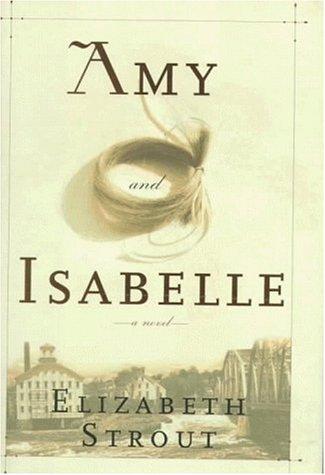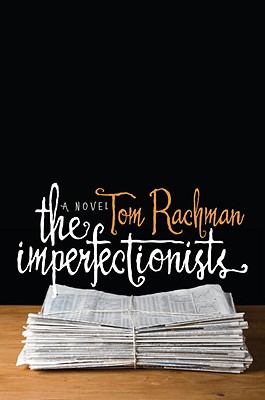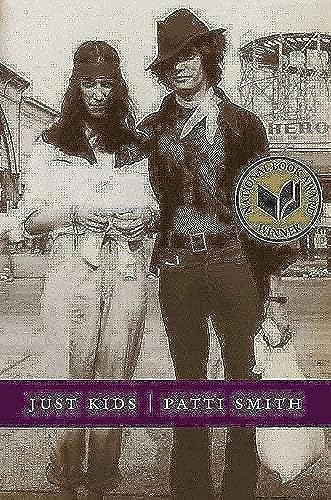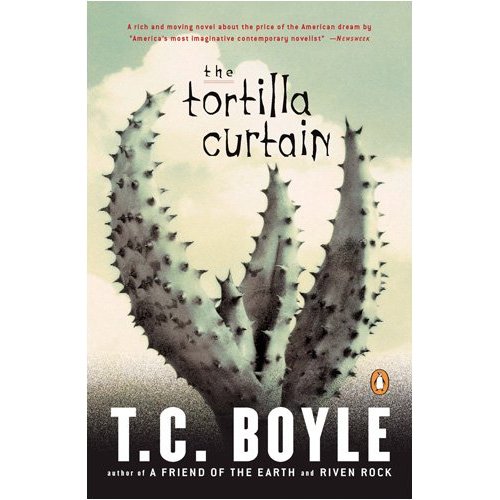Tuesday, July 12, 11 a.m.
Discussion leader: Ellen Getreu
Her name was Henrietta Lacks, but scientists know her as HeLa. She was a poor black tobacco farmer whose cells—taken without her knowledge in 1951—became one of the most important tools in medicine, vital for developing the polio vaccine, cloning, gene mapping, in vitro fertilization, and more. Henrietta’s cells have been bought and sold by the billions, yet she remains virtually unknown, and her family can’t afford health insurance.
Reserve your copy of The Immortal Life of Henrietta Lacks on ALISweb
Book Reviews
The New York Times - Dwight Garner
…one of the most graceful and moving nonfiction books I've read in a very long time. A thorny and provocative book about cancer, racism, scientific ethics and crippling poverty,
The Immortal Life of Henrietta Lacks also floods over you like a narrative dam break, as if someone had managed to distill and purify the more addictive qualities of "Erin Brockovich,"
Midnight in the Garden of Good and Evil and
The Andromeda Strain. More than 10 years in the making, it feels like the book Ms. Skloot was born to write. It signals the arrival of a raw but quite real talent…[
The Immortal Life of Henrietta Lacks] has brains and pacing and nerve and heart, and it is uncommonly endearing.
The Washington Post - Eric Roston
Skloot's vivid account…reads like a novel. The prose is unadorned, crisp and transparent…This book, labeled "science--cultural studies," should be treated as a work of American history. It's a deftly crafted investigation of a social wrong committed by the medical establishment, as well as the scientific and medical miracles to which it led. Skloot's compassionate account can be the first step toward recognition, justice and healing.
Publishers Weekly
Science journalist Skloot makes a remarkable debut with this multilayered story about “faith, science, journalism, and grace.” It is also a tale of medical wonders and medical arrogance, racism, poverty and the bond that grows, sometimes painfully, between two very different women—Skloot and Deborah Lacks—sharing an obsession to learn about Deborah’s mother, Henrietta, and her magical, immortal cells. Henrietta Lacks was a 31-year-old black mother of five in Baltimore when she died of cervical cancer in 1951. Without her knowledge, doctors treating her at Johns Hopkins took tissue samples from her cervix for research. They spawned the first viable, indeed miraculously productive, cell line—known as HeLa. These cells have aided in medical discoveries from the polio vaccine to AIDS treatments. What Skloot so poignantly portrays is the devastating impact Henrietta’s death and the eventual importance of her cells had on her husband and children. Skloot’s portraits of Deborah, her father and brothers are so vibrant and immediate they recall Adrian Nicole LeBlanc’s Random Family. Writing in plain, clear prose, Skloot avoids melodrama and makes no judgments. Letting people and events speak for themselves, Skloot tells a rich, resonant tale of modern science, the wonders it can perform and how easily it can exploit society’s most vulnerable people. (Feb.)
Booklist
Writing with a novelist's artistry, a biologist's expertise, and the zeal of an investigative reporter, Skloot tells a truly astonishing story of racism and poverty, science and conscience, spirituality and family driven by a galvanizing inquiry into the sanctity of the body and the very nature of the life force. Starred review.
Library Journal
This distinctive work skillfully puts a human face on the bioethical questions surrounding the HeLa cell line. Henrietta Lacks, an African American mother of five, was undergoing treatment for cancer at Johns Hopkins University in 1951 when tissue samples were removed without her knowledge or permission and used to create HeLa, the first "immortal" cell line. HeLa has been sold around the world and used in countless medical research applications, including the development of the polio vaccine. Science writer Skloot, who worked on this book for ten years, entwines Lacks's biography, the development of the HeLa cell line, and her own story of building a relationship with Lacks's children. Full of dialog and vivid detail, this reads like a novel, but the science behind the story is also deftly handled. VERDICT While there are other titles on this controversy (e.g., Michael Gold's
A Conspiracy of Cells: One Woman's Immortal Legacy—and the Medical Scandal It Caused), this is the most compelling account for general readers, especially those interested in questions of medical research ethics. Highly recommended. [See Skloot's essay, p. 126; Prepub Alert, LJ 11/1/09.]—Carla Lee, Univ. of Virginia Lib., Charlottesville
The New York Times Book Review - Lisa Margonelli
…Rebecca Skloot introduces us to the "real live woman," the children who survived her, and the interplay of race, poverty, science and one of the most important medical discoveries of the last 100 years. Skloot narrates the science lucidly, tracks the racial politics of medicine thoughtfully and tells the Lacks family's often painful history with grace. She also confronts the spookiness of the cells themselves, intrepidly crossing into the spiritual plane on which the family has come to understand their mother's continued presence in the world. Science writing is often just about "the facts." Skloot's book, her first, is far deeper, braver and more wonderful.
Kirkus Reviews
A dense, absorbing investigation into the medical community's exploitation of a dying woman and her family's struggle to salvage truth and dignity decades later. In a well-paced, vibrant narrative,
Popular Science contributor and Culture Dish blogger Skloot (Creative Writing/Univ. of Memphis) demonstrates that for every human cell put under a microscope, a complex life story is inexorably attached, to which doctors, researchers and laboratories have often been woefully insensitive and unaccountable. In 1951, Henrietta Lacks, an African-American mother of five, was diagnosed with what proved to be a fatal form of cervical cancer. At Johns Hopkins, the doctors harvested cells from her cervix without her permission and distributed them to labs around the globe, where they were multiplied and used for a diverse array of treatments. Known as HeLa cells, they became one of the world's most ubiquitous sources for medical research of everything from hormones, steroids and vitamins to gene mapping, in vitro fertilization, even the polio vaccine-all without the knowledge, must less consent, of the Lacks family. Skloot spent a decade interviewing every relative of Lacks she could find, excavating difficult memories and long-simmering outrage that had lay dormant since their loved one's sorrowful demise. Equal parts intimate biography and brutal clinical reportage, Skloot's graceful narrative adeptly navigates the wrenching Lack family recollections and the sobering, overarching realities of poverty and pre-civil-rights racism. The author's style is matched by a methodical scientific rigor and manifest expertise in the field. Skloot's meticulous, riveting account strikes a humanistic balance betweensociological history, venerable portraiture and Petri dish politics. Tie-in with multicity author lecture schedule. Agent: Simon Lipskar/Writers House
More Book Reviews
Further Information










